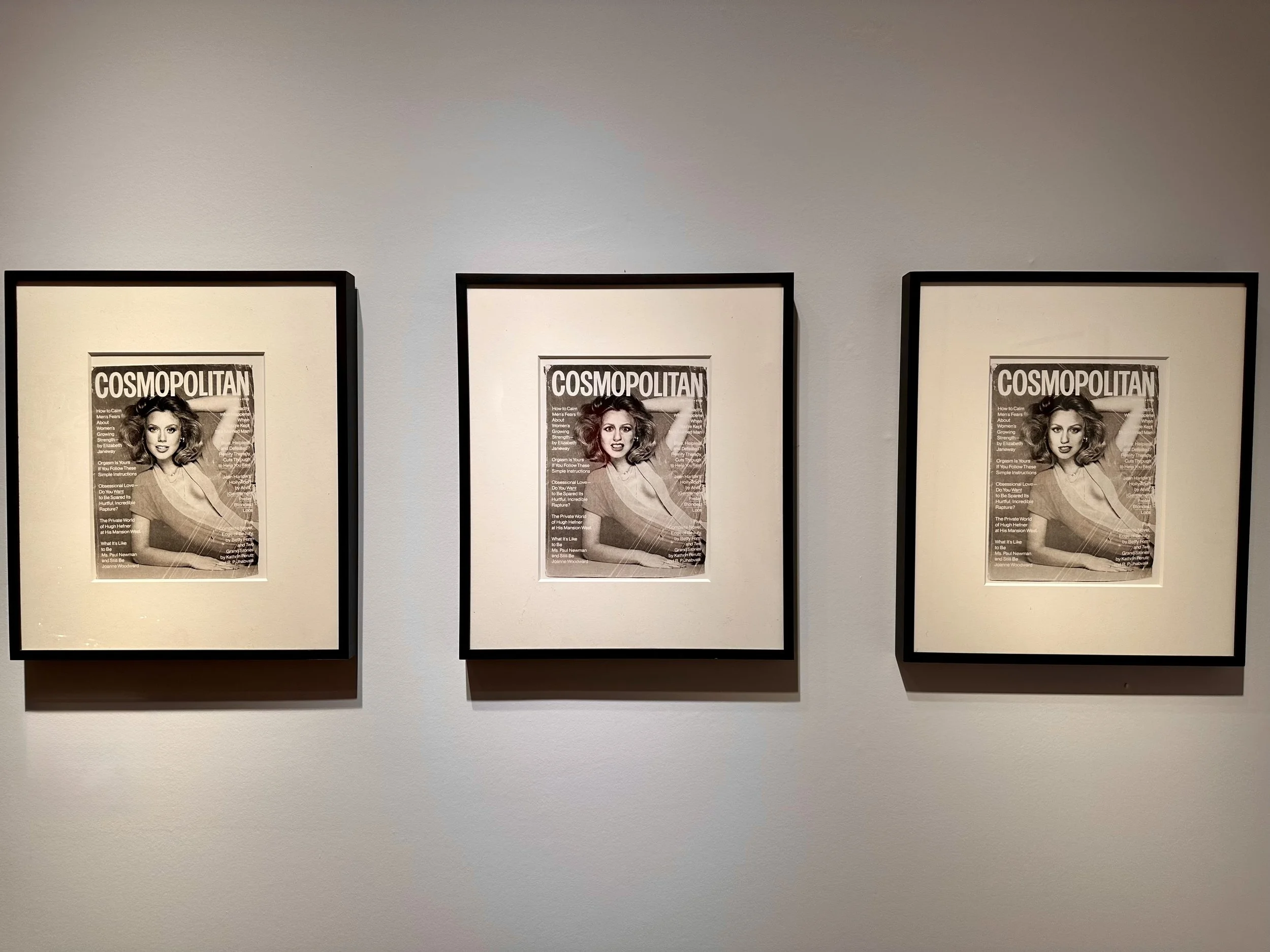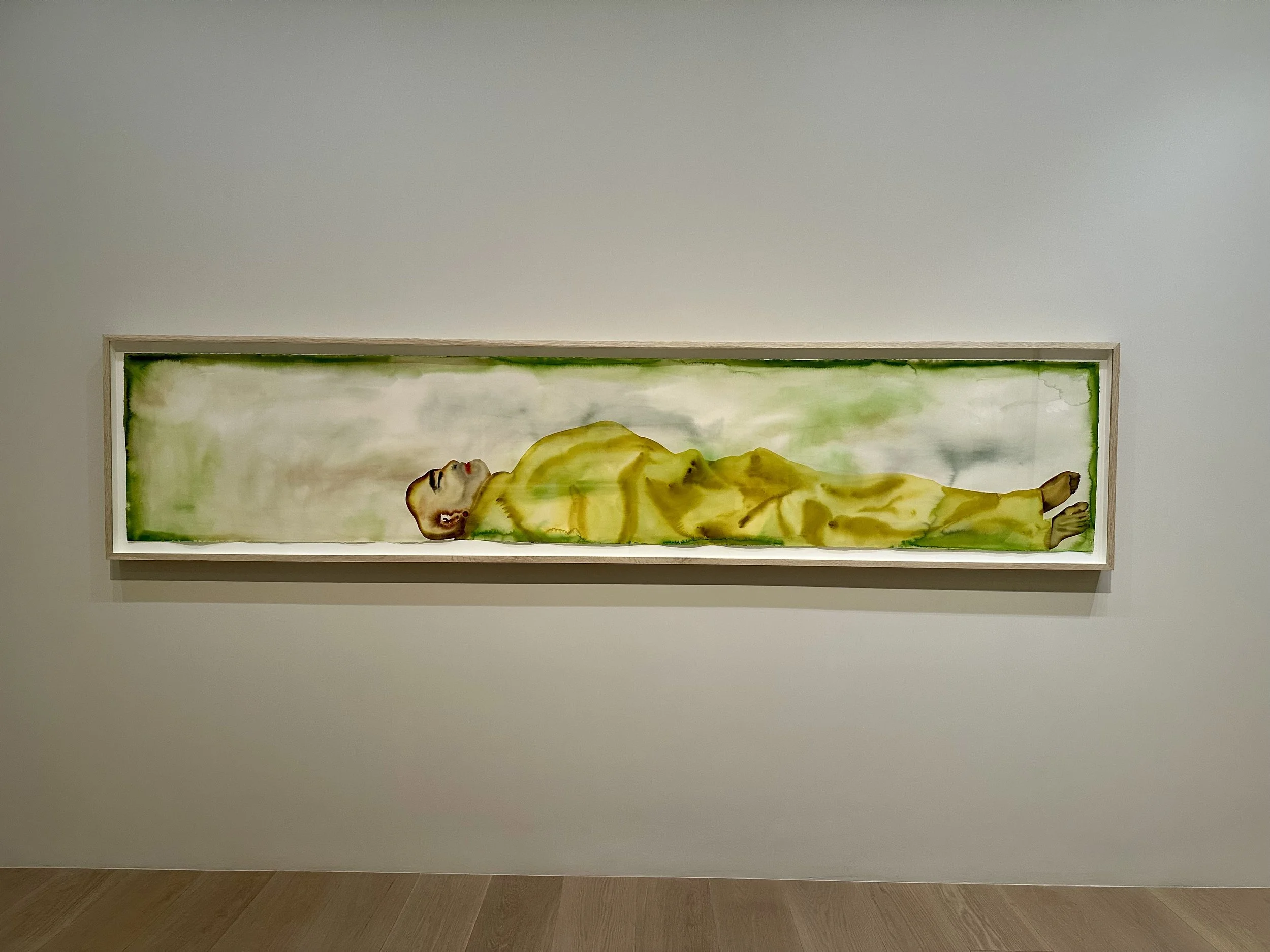It’s a Holiday and a Gene: Silencing Halloween to Diminish Our Rice Nightmares
What scares you more: Ghosts or Insects?
I can guess which fear-inducing agent chooses most earthlings since insects comprise 90% of the animal kingdom and I’m pretty sure apparitions are at 0%. Horror films, like The Craft, include squirmy insect scenes because film-makers know that the majority for viewers get creeped-out by the reality of creepy-crawler infestation. Roach Motel, anyone?
A scene from the 1980’s teen vampire movie, Lost Boys (the one with the two Coreys), captures the illusion of a Chinese food take-out box of rice turning into maggots. It’s not only a nauseating graphic, but horrifying concept. I actually got in trouble as a kid for refusing to eat rice because I thought they were maggots. Thankfully, a grain of rice is nutritious and not an insect. Unfortunately, certain insects live off and destroy rice plants. Rice crops are important economically and feed a substantial part of our world. A number of notable studies on rice plant parasites aim to determine how best to control their population without harming the environment. So, here’s the breakdown of how parasites aren’t so scary.
Two types of pests damage rice plantations because they transmit viruses to rice. We can’t simply call Ortho® to spray them away because insecticides harm the environment and are an ineffective long-term solution. Research teams figured out that genes of interest are effective in killing these insects. By using simple lab methods like cloning, sequencing of targeted DNA, bioassays, PCR, and cultured insects, researchers have been able to study Halloween genes. These bugaboos can be prohibited by using RNAi (RNA interference). Feeding insects RNAi targeted to Halloween genes allows them to be silenced, thus decreasing their ability to infect rice plants.
Gene Silencing = Gene is not expressed, so the protein that it encodes doesn’t get made.
Fifteen years have been spent on researching and discovering Halloween genes that encode enzymes responsible for synthesizing insect steroid hormones. Instead of the human hormones estrogen and progesterone, insects produce ecdysteroids to regulate development in the embryonic stage of life. The affects or functions of Halloween genes known thus far are shown through their outcomes (phenotypes).
Halloween Genes = Spook, Phantom, Disembodied, Shadow, Shade, Nobo
A set of insect-specific embryonic development proteins are expressed by these genes to control the growth and reproductive process in insects. Sequences of Halloween genes are similar among several insect varieties, including the butterfly/moth family, aphids, mosquitos, and honey bees.
The recently discovered Halloween gene, nobo, encodes GST (Glutathione S-transferase) protein in pests that cause diphtheria and infest cotton in some African regions. GST breaks down pesticides, so inhibiting their production or activity in targeted insects is beneficial to saving rice crops.
The aptly named disembodied (dib) Halloween gene is a target for gene knockdown because it encodes a cytochrome. Cytochromes help in ATP production and silencing dib causes "dib mutants" to die as embryos. Dib, like the other Halloween genes, is expressed in fruit flies, and is a prospective target gene to inhibit pest proliferation.
Escaping insects is unavoidable. Finding out the cause of their slimy, multi-legged, antennaed terror on us, I mean rice plants, suppresses their perpetration on vital aspects of survival. Rice symbolizes wealth and prosperity in some cultures, so fearing the pests that invade them is real. The economic and environmental value of silencing the nightmare of destroyed rice crops is worth the invested research.
Igors Who Researched:
Enya, S. et al. (2014) A Halloween gene noppera-bo encodes a glutathione S-transferase essential for ecdysteroid biosynthesis via regulating the behaviour of cholesterol in Drosophila. Sci. Rep. 4, 6586; DOI:10.1038/srep06586
Enya, S. et al. (2017) Dual roles of glutathione in ecdysone biosynthesis and antioxidant function during the larval development in Drosophila. Genetics. 10.1534/genetics.117.300391
Kang, H. et al. (2017) Multiple miRNAs Jointly Regulate 1 the Biosynthesis of Ecdysteroid in the Holometabolous Insects, Chilo suppressalis.
Wan P-J, et al. (2014) RNA Interference Depletion of the Halloween Gene Disembodied Implies its Potential Application for Management of Planthopper Sogatella furcifera and Laodelphax striatellus. PLoS ONE 9(1): e86675; doi:10.1371/journal.pone.0086675
INTRVW WITH A SCIENTIST™
Q&A WITH PROFESSIONALS THAT ARE MAKING A DIFFERENCE IN THE FIELD.




























Beer is a paradox. Its ingredients flirt with regeneration, while its alcohol content undermines it. It is a pleasure that comes with a cellular price tag.